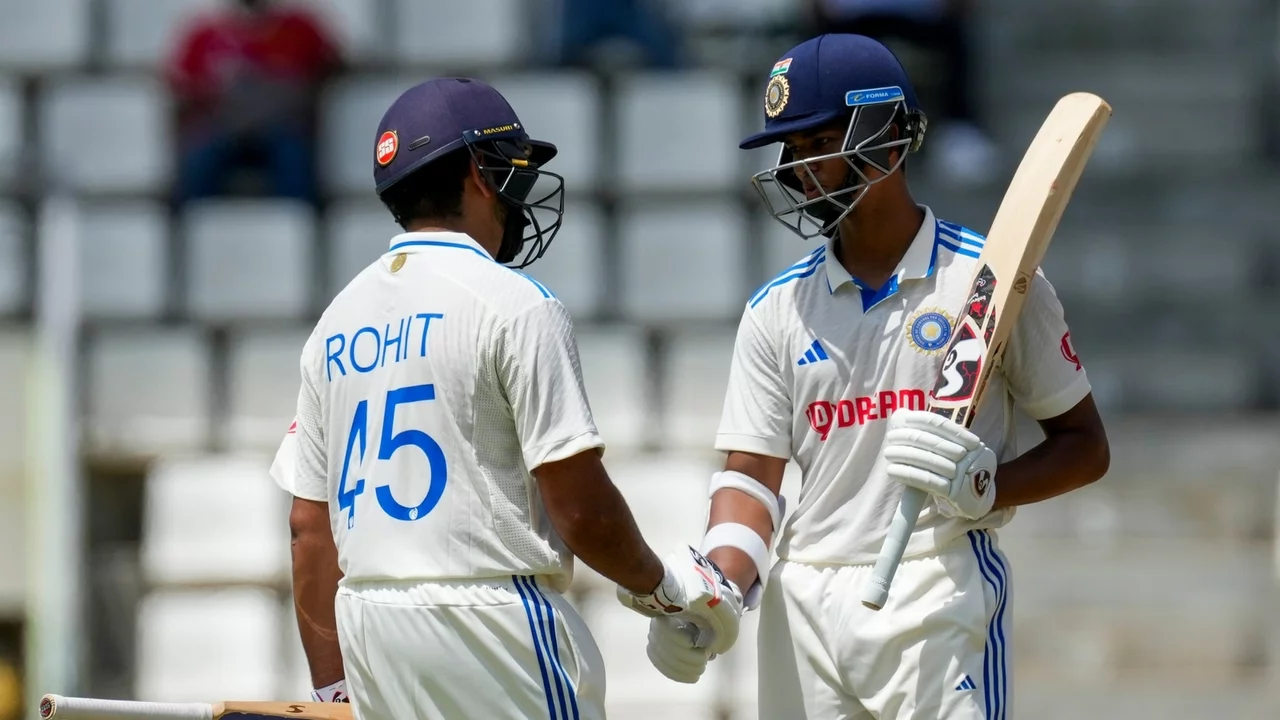Cultural Differences in Indian Matrimony: What You Need to Know
If you’re scrolling through profiles on Diverse Matrimony India, chances are you’ve noticed a mix of languages, festivals, and family habits. Those differences can feel exciting, but they can also raise questions. How do you blend a North Indian family’s love for Bollywood with a South Indian tradition of early morning poojas? Let’s break it down with simple steps you can start using today.
Talk Early, Talk Often
The easiest mistake people make is assuming the other side “just gets it.” In reality, every family has its own set of unwritten rules. Set a casual video call with both families and ask open‑ended questions: “What does a typical wedding day look like for you?” or “Which festivals are you most attached to?” When you hear stories about Diwali lights or Pongal celebrations, you’re not just collecting facts—you’re showing respect. That respect builds trust faster than any matching algorithm.
Keep the conversation going after the first call. Small updates like, “We’re trying your favorite mango pickle recipe” or “We learned a few steps of your folk dance” let both sides see you’re willing to meet them halfway.
Find the Overlap, Not the Gap
Instead of listing everything that’s different, focus on shared values. Most Indian families, regardless of region, prioritize love, respect for elders, and financial stability. When you highlight those common points, the cultural gaps shrink. For example, you might say, “Both our families love to host big gatherings, so let’s plan a combined celebration for both Eid and Holi.” This turns two separate events into one vibrant family memory.
Practical tip: create a simple spreadsheet with columns for “Food,” “Rituals,” and “Family Expectations.” Fill in what each side brings to the table, then mark where you can blend them. Seeing it on paper makes compromise feel less like loss and more like a creative project.
Another useful habit is to set clear boundaries early. If one side expects the bride to move to the groom’s city, discuss it openly and propose alternatives like a trial period or a shared home. Transparency prevents misunderstandings later when emotions run high.
Celebrate the Differences
Remember, cultural differences are not obstacles; they’re opportunities to enrich your life. Invite your partner’s family to a regional food night, where each dish tells a story. Ask your own family members to wear a traditional outfit from the other side for a wedding rehearsal. These small gestures turn potential friction into fun memories.
Finally, keep a sense of humor. When a relative asks why you don’t eat meat on a particular day, smile and explain, “It’s just my way of honoring our aunt’s tradition.” Most people appreciate honesty paired with a light‑hearted tone.
Handling cultural differences in Indian matrimony isn’t about erasing identity—it’s about weaving two vibrant tapestries into one stronger, more colorful design. Start the conversation, focus on shared values, and celebrate each tradition as a gift. Your journey to a happy, united family starts with these simple, practical steps today.

How is life different in USA compared to India?
In comparing life in the USA and India, I found distinct differences. The pace of life in the USA is generally faster and more structured, while India has a more relaxed, flexible lifestyle. The USA's infrastructure is more developed, with most citizens having access to advanced amenities, whereas India is still developing in many regions. Cultural differences are also stark, with the USA's individualistic society contrasting with India's strong community and family-oriented values. Lastly, the cuisine varies enormously, with the American diet being more fast food-based and the Indian diet revolving around home-cooked, spiced dishes.